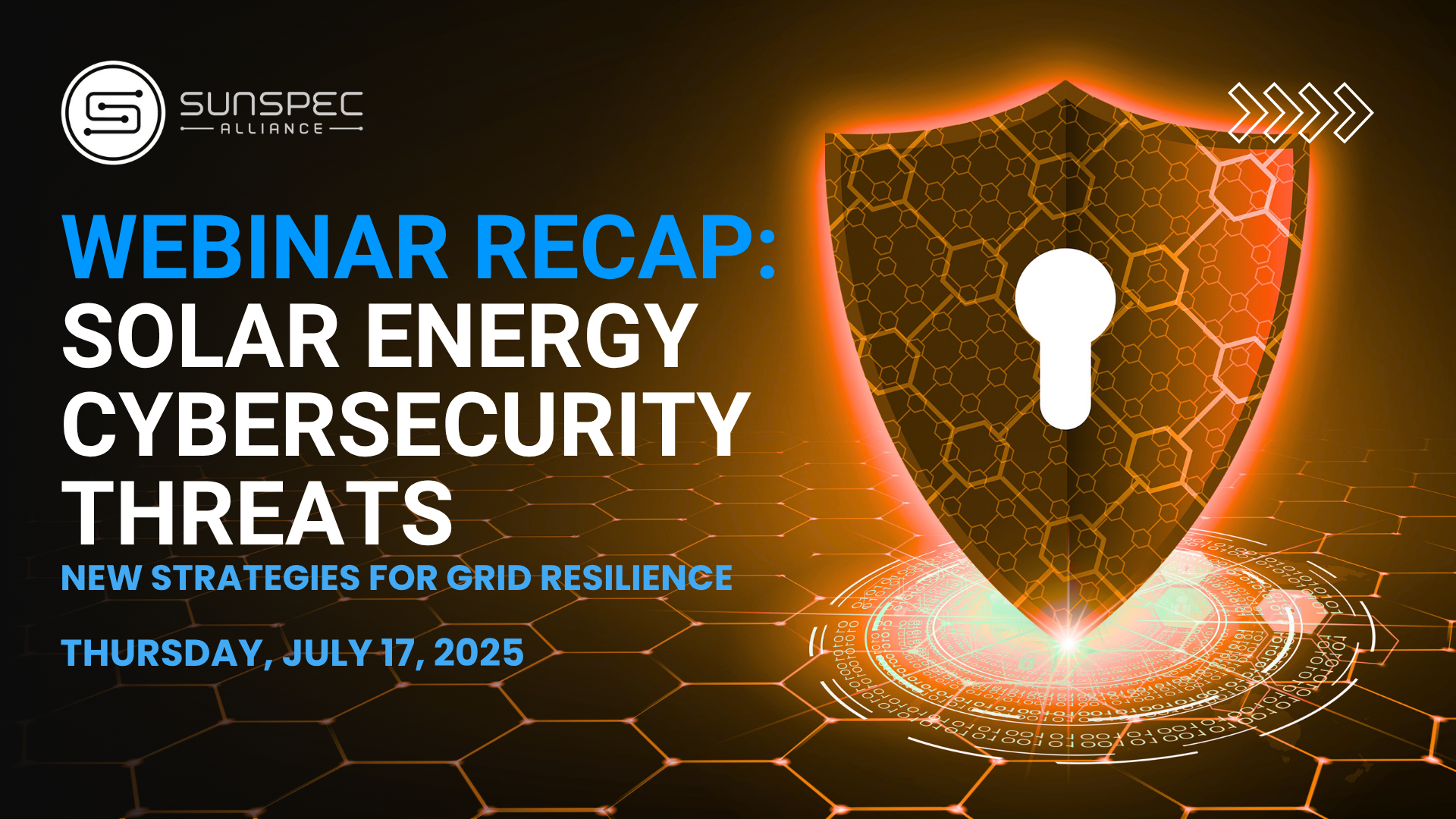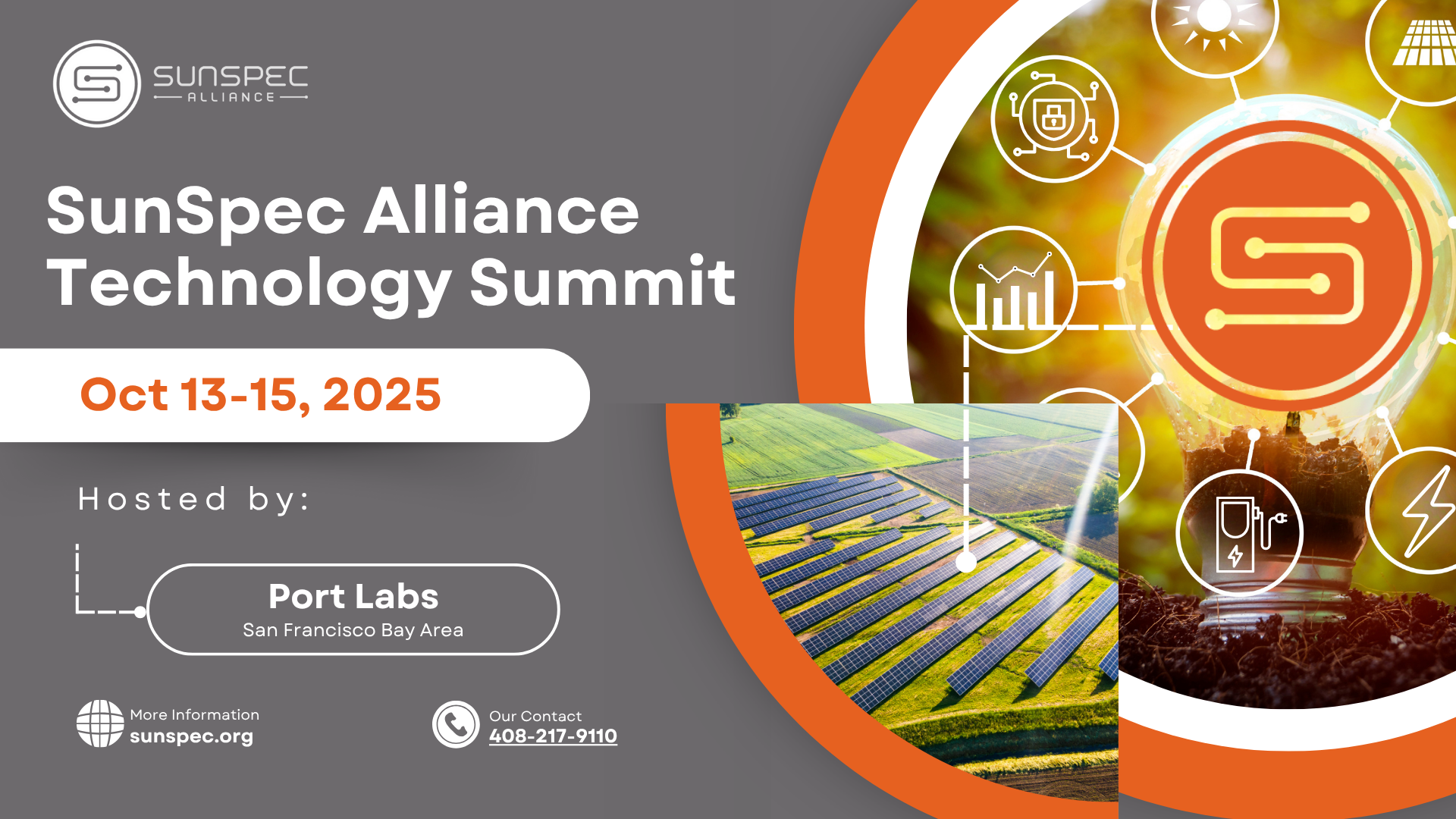See full article on SEPA website here.
The April 2018 launch of the Orange Button data standard marked an important milestone in the solar industry’s path to drive down project costs. But the Orange Button initiative has further to go, beginning with a transition from the current standard to version 2.0, due out in 2019. With the release of Orange Button 1.0, the SunSpec Alliance also convened a working group of software developers and interested parties to begin harmonizing essential solar project documents with the initial classification system for Orange Button data.
Jan Rippingale, co-founder of Blue Banyan Solutions and leader of the first Orange Button working group, says the solar industry inherited a wealth of resources when it selected XBRL as the architectural foundation on which to build the Orange Button data standard. Publicly traded companies have spent years using XBRL to report financial data to the US Securities and Exchange Commission, so therefore, Orange Button developers can tap into an active open source community. The working group will develop and collect public domain or donated swipe files, code-snippets, starter-based cheat sheets, and other assets so that adopting the Orange Button standard will get easier and easier for all parties. “We’re going to see where we need to extend the codebase, but generally we will be focused on extensions, not rewrites,” Rippingale says.
With future releases of the Orange Button data standard, programmers will introduce the ability to exchange data and metadata from a diverse collection of project documents. Initial efforts will focus on product manufacturer cut sheets and monthly operating reports for energy-producing solar systems. Ultimately every kind of document will be covered by the taxonomy. The Orange Button working group opted to begin with cut sheets for modules, inverters, and other system components because inverter makers faced a July 2018 deadline to show compliance with an updated Rule 21 smart inverter. Incorporating cut sheets into Orange Button helps inverter makers report compliance to the California Public Utilities Commission. Moreover, cut sheets are central to solar project design as technical specifications are central to every system. If you think of solar project documents in terms of a hub and spokes, the cut sheet would be the hub. Other project documents emanate from and rely on the cut sheet.
Full article via SEPA.




